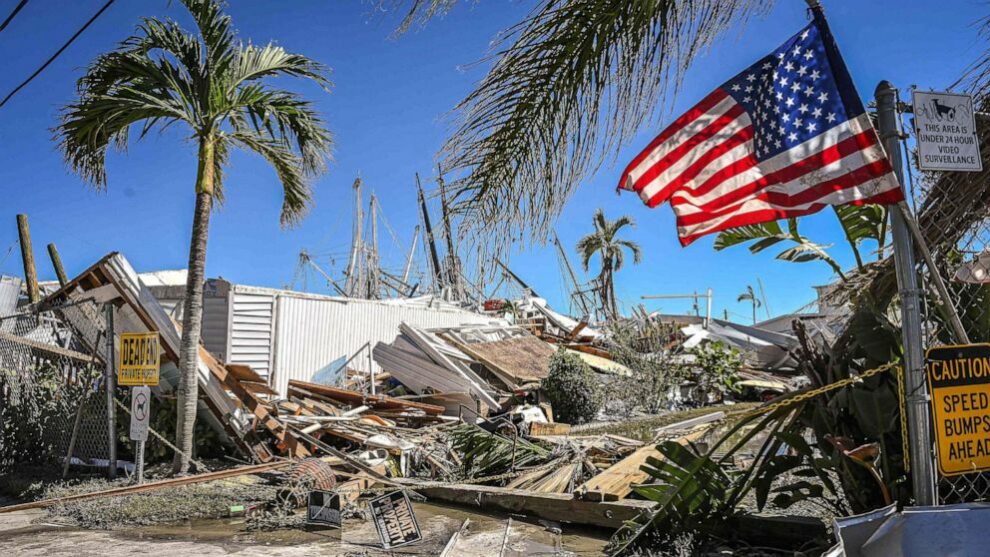A comprehensive New York State (NYS) Hurricane Evacuation Study is being conducted by a partnership between the National Hurricane Program, the U.S. Army Corps of Engineers, FEMA, NOAA’s National Hurricane Center, and the State of New York. The study aims to provide data, resources, and technical assistance for hurricane evacuation planning and response for state, local, tribal, territorial, and federal government partners.
The study will focus on New York City, Long Island, and counties along the Hudson River at risk of storm surge inundation, including Westchester, Rockland, Putnam, Orange, Dutchess, Ulster, Columbia, Greene, Rensselaer, and Albany Counties.
The New York District, serving as the Project Manager, is leading collaboration with National experts from the U.S. Army Corps of Engineers, FEMA, NOAA National Hurricane Center, and the State of New York. The study is comprised of five analyses, including Hazards Analysis, Vulnerability Analysis, Behavior Analysis, Shelter Analysis, and Transportation Analysis.
The Hazards Analysis will investigate hurricane hazards in New York’s coastal areas, including storm surge. The Vulnerability Analysis will determine who is at risk of hurricane hazards and assess the impact of hurricanes on critical infrastructure while considering the social vulnerability of communities.
“The takeaway of today’s event is for the public to be aware and ready for potential coastal storm hazards.” Said Lieutenant Colonel Matthew Pride, Deputy Commander, USACE, New York District. “Know your flood zones, know your evacuation routes, if you wait until the storm is here, it’s too late.” Pride added.
The Hazards Analysis is on track to be completed this year, while the Vulnerability Analysis is set to begin late this year and conclude in mid-2024. The remaining analyses, including Behavior Analysis, Shelter Analysis, and Transportation Analysis, will be completed at a later date.
The NYS Hurricane Evacuation Study promises to provide crucial information for improving emergency planning and response in the state. As extreme weather events become more frequent due to climate change, the study’s findings will be vital for protecting vulnerable communities and ensuring a more resilient future.
Source : NAN










